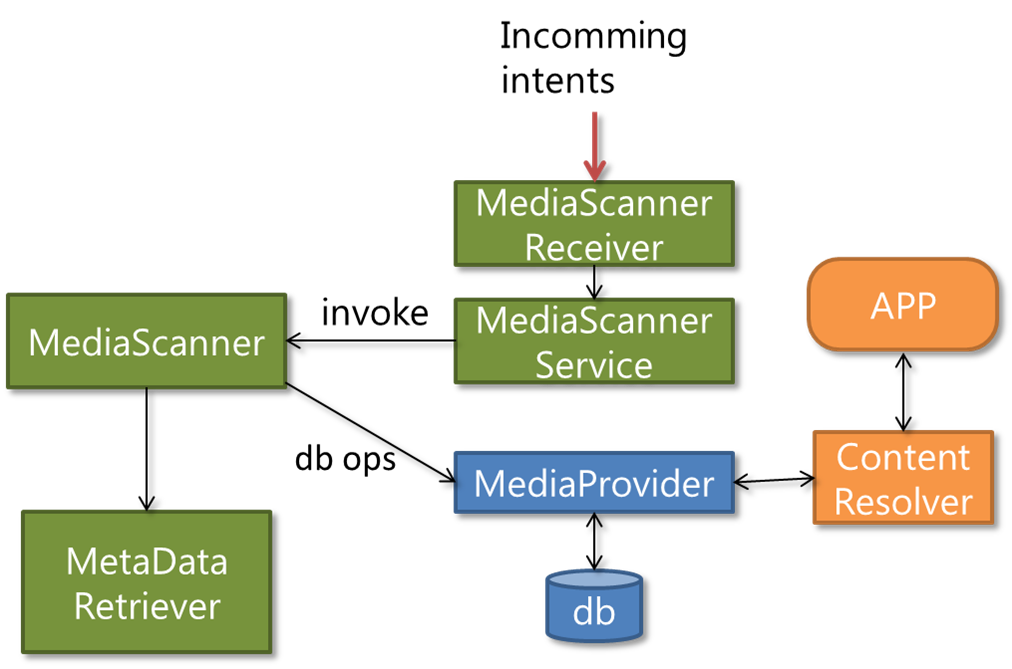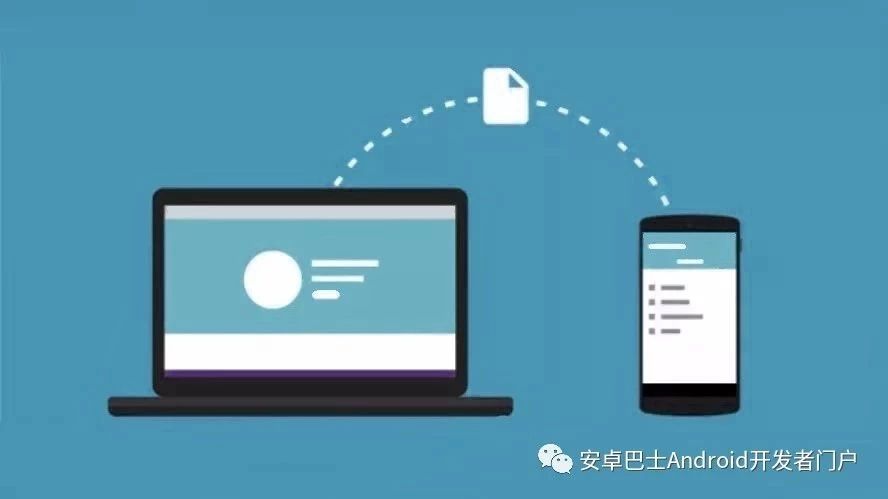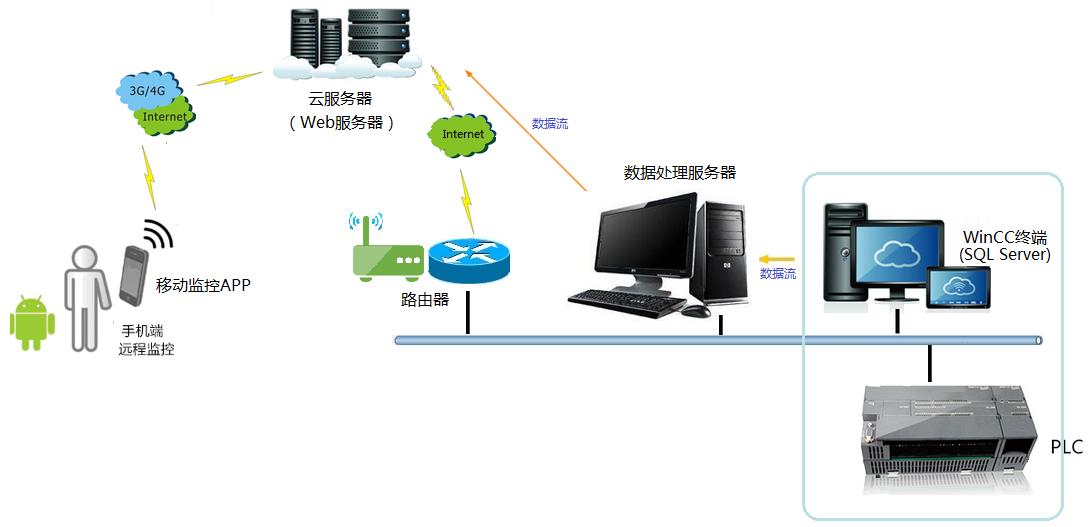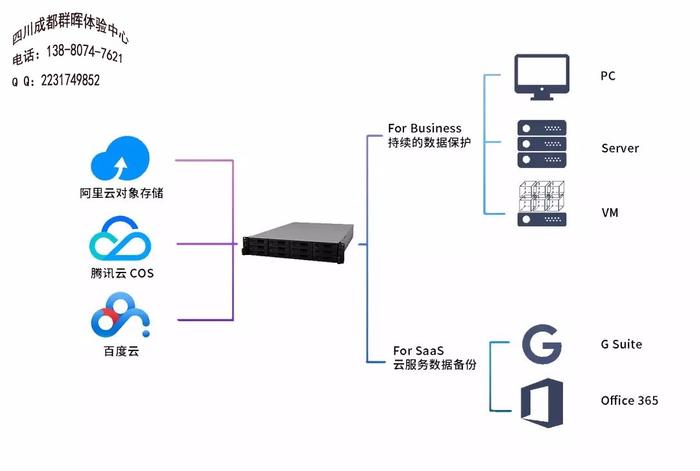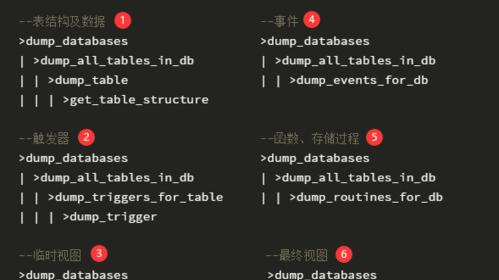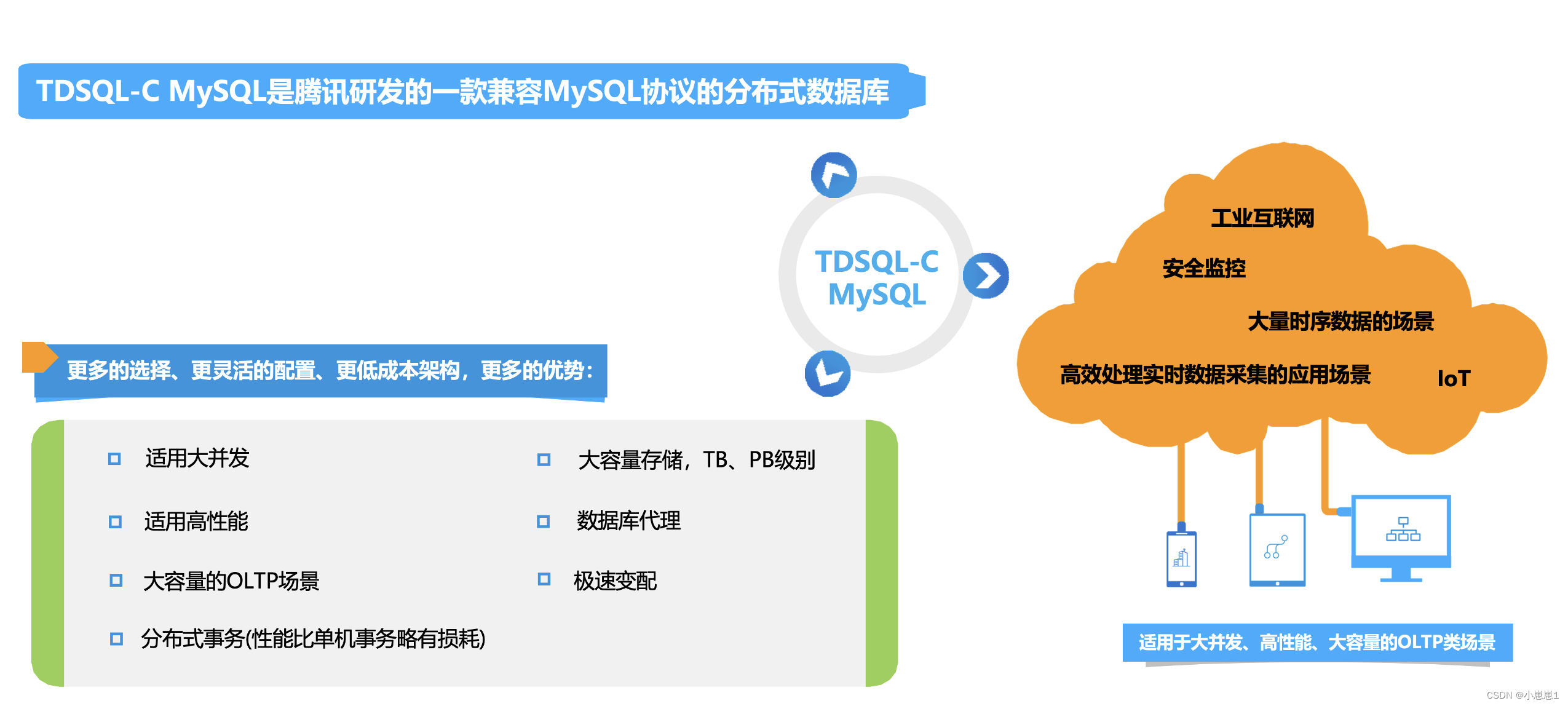上一篇
安卓开发中获取网络时间
- 行业动态
- 2025-04-22
- 5
安卓开发中获取网络时间的方法与实现
获取网络时间的核心思路
在安卓开发中,获取网络时间通常需要从可靠的时间服务器(如NTP服务器)获取标准时间,并通过算法校正本地时间,以下是常见的实现方式:
| 方法分类 | 说明 | 适用场景 |
|---|---|---|
| 系统API | 利用Android系统内置的AlarmManager或NetworkTime相关API |
快速实现,但部分API在高版本受限 |
| 手动请求NTP服务器 | 通过HTTP/Socket直接向时间服务器发起请求 | 灵活性高,需处理网络逻辑 |
| 第三方库 | 使用如SntpClient等开源库 |
简化开发,依赖外部库 |
通过AlarmManager获取网络时间(推荐系统API)
注意:以下方法在Android 9+可能因后台限制失效,需结合WorkManager。
// 1. 获取系统时间管理器
AlarmManager alarmManager = (AlarmManager) getSystemService(Context.ALARM_SERVICE);
// 2. 创建触发时间更新的Intent
Intent intent = new Intent(this, TimeSyncReceiver.class);
PendingIntent pendingIntent = PendingIntent.getBroadcast(this, 0, intent, 0);
// 3. 设置定时任务(例如每分钟同步一次)
alarmManager.setRepeating(
AlarmManager.ELAPSED_REALTIME, // 基于设备启动时间
System.currentTimeMillis(), // 立即执行
60 1000, // 每60秒触发
pendingIntent
);
接收器实现:
public class TimeSyncReceiver extends BroadcastReceiver {
@Override
public void onReceive(Context context, Intent intent) {
// 调用系统API自动同步时间
Intent syncIntent = new Intent(Intent.ACTION_SYNC, null);
syncIntent.setPackage("com.android.systemui"); // 指定系统包名
context.sendBroadcast(syncIntent);
}
}
手动请求NTP服务器(通用方案)
步骤:
- 选择可靠NTP服务器(如
ntp.aliyun.com)。 - 通过
HttpURLConnection或OkHttp发送请求。 - 解析服务器返回的时间戳。
代码示例:
public static long getNetworkTime(Context context) {
try {
URL url = new URL("http://ntp.aliyun.com/?format=json");
HttpURLConnection conn = (HttpURLConnection) url.openConnection();
conn.setRequestMethod("GET");
conn.setConnectTimeout(5000);
conn.connect();
// 读取响应
InputStream inputStream = conn.getInputStream();
JSONObject json = new JSONObject(new InputStreamReader(inputStream));
long serverTime = json.getLong("timestamp"); // 单位:毫秒
inputStream.close();
return serverTime;
} catch (Exception e) {
e.printStackTrace();
return -1; // 表示失败
}
}
关键点:
- 需添加网络权限:
<uses-permission android:name="android.permission.INTERNET"/> - 处理时区转换:
serverTime + TimeZone.getDefault().getOffset() - 建议在子线程执行,避免阻塞主线程。
自动同步时间与用户提示
实现逻辑:
- 检测本地时间与网络时间差值。
- 如果差值超过阈值(如5分钟),弹出提示框询问是否同步。
- 调用
SystemClock.setCurrentTimeMillis()校正时间(需系统权限,普通应用不可用)。
替代方案:
- 引导用户手动进入系统设置同步时间。
- 使用
AlarmManager定期校准应用内逻辑时间。
相关问题与解答
问题1:如何在无ROOT权限的情况下校准系统时间?
解答:
普通应用无法直接修改系统时间(SystemClock.setCurrentTimeMillis()需要android.permission.SET_TIME,仅系统应用可用),解决方案:
- 跳转到系统设置页面:
Intent intent = new Intent(Settings.ACTION_DATE_SETTINGS); startActivity(intent); - 在应用内使用网络时间作为逻辑基准(如日志记录、计时器校准)。
问题2:如何应对不同网络环境下的时间同步失败?
解答:
- 离线环境:缓存上次成功同步的时间,并提示用户“当前为本地时间(未同步)”。
- 弱网环境:设置重试机制(如指数退避算法),并切换备用NTP服务器(如
time.google.com)。 - 异常处理:捕获
IOException、JSONException等异常,提供友好的错误提示

